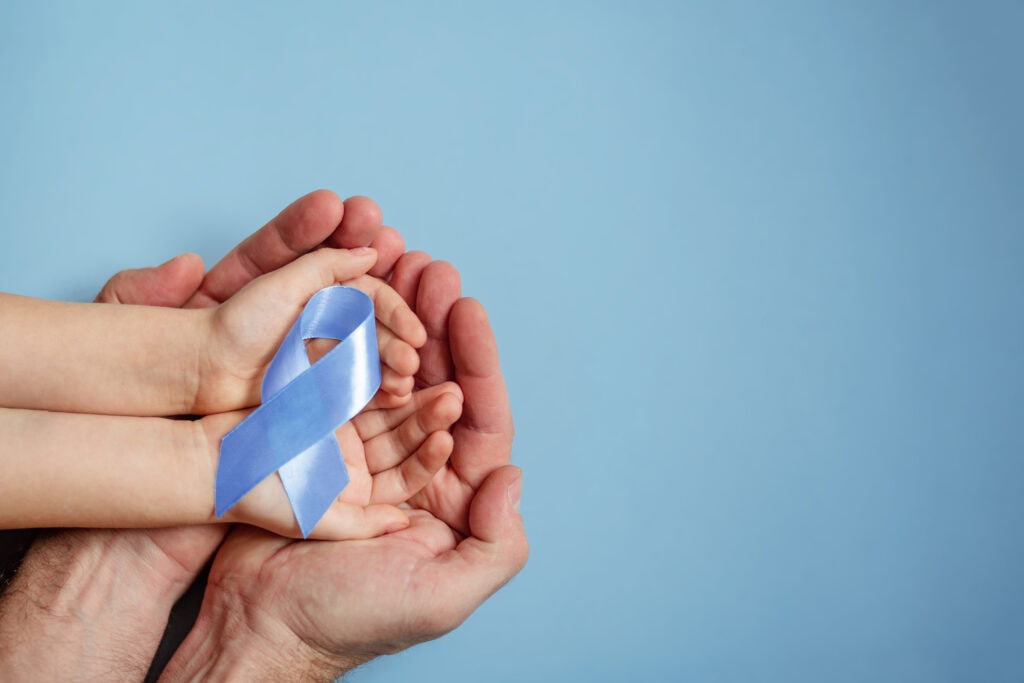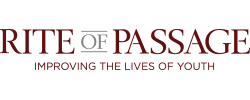
The United States has one of the highest rates of child abuse among industrialized nations, with more than five children dying each day due to child abuse and neglect.
At Rite of Passage, we work with youth who have experienced trauma, abuse, and neglect as a common occurrence in their life. Through this lens, we understand both the devastating impacts of abuse and the powerful potential of prevention.
In this blog, we’ll explore what child abuse is, the long-term consequences, and—most importantly—how you can be part of the solution.
Child Abuse: What is it, who’s impacted, and how to spot it?
Child Abuse, by definition, is any intentional harm or mistreatment to a child under 18 years old, but it can take on many forms:
- Physical Abuse: The intentional use of physical force—such as hitting, shaking, burning, or other actions—that results in or has the potential to cause injury to a child.
- Emotional Abuse: A pattern of behavior that includes shaming, threatening, isolating, or rejecting a child, which impairs their emotional development and self-worth.
- Psychological Abuse: Repeated behaviors such as manipulation, intimidation, or coercive control that negatively affect a child’s mental health and emotional functioning.
- Verbal Abuse: A form of emotional abuse involving the use of language—such as insults, degradation, or threats—to inflict psychological harm and undermine a child’s self-esteem.
- Sexual Abuse: Any sexual act or exploitation involving a child, including contact and non-contact behaviors, that violates boundaries and is not developmentally appropriate.
- Neglect: The failure to meet a child’s basic physical, emotional, medical, educational, or supervisory needs, which threatens their health, safety, or well-being.
According to the CDC, it is estimated that 1 in 7 children in the United States have experienced some form of abuse or neglect in the past year. It is likely, that in reality, that number is much higher due to underreporting. In these cases, more than 90% of abusers are individuals the child knows and trusts, often a parent or caregiver. These statistics underscore the urgent need for adults to understand the signs and speak up to protect children.
The signs of child abuse can be hard to spot, but knowing what you are looking for is an important step in preventing further abuse. A child who is experiencing abuse or neglect may display some of the following signs:
- Have unexplained injuries (bruises, burns, or fractures)
- Show sudden changes in behavior, mood, or school performance
- Withdraw from friends or activities they once enjoyed
- Exhibit fearfulness around certain adults or places
- Display inappropriate knowledge or behavior for their age
- Appear neglected—frequently dirty, hungry, or tired
Child abuse can impact any child, but statistics show that certain groups are at higher risk. According to national data, younger children—particularly those under the age of 1—experience the highest rates of abuse, especially neglect. Children living in households with high stress levels, poverty, substance abuse, or domestic violence are also more vulnerable. Additionally, children with disabilities or behavioral challenges face an increased risk of maltreatment.
Prevention starts with awareness and early intervention—adults must remain observant, ask open-ended questions, and listen without judgment. Many children don’t report abuse because of fear, shame, confusion, or loyalty to their abuser—especially when that person is a trusted adult or family member. Some children worry they won’t be believed or fear retaliation. Others may not have the language or emotional understanding to describe what’s happening. Warning signs are often missed or dismissed because of this and especially so when abuse is emotional or psychological rather than physical. Because of this, it is especially important for adults to be diligent and hyper aware when working with or around children.
Long-Term Impacts of Child Abuse
The effects of abuse don’t end when the abuse stops. Left unaddressed, child abuse and the severe trauma that these youth experienced can shape the trajectory of a young person’s life, contributing to:
- Mental health struggles (depression, anxiety, PTSD, suicidal ideation)
- Substance use and risky behaviors
- Academic challenges and school dropout
- Relationship difficulties
- Increased risk of incarceration or homelessness
Approximately 75% of youth involved in the juvenile justice system have experienced some form of trauma, including abuse or neglect.
In addition to the trauma, experiences of abuse and neglect lead to higher risks of engagement in in risky behavior, school suspension and expulsion, and interactions with law enforcement from an early age. Issues of homelessness, poverty, and long term mental health impacts also create real barriers to success for these children.
Research from the U.S. Department of Housing and Urban Development shows that up to 60% of homeless youth have experienced physical or sexual abuse, while studies from the National Bureau of Economic Research link early maltreatment to lower educational attainment and lifetime earnings. Abuse also increases the likelihood of substance dependence and chronic unemployment.
These outcomes aren’t inevitable—but without intervention, youth who have experienced abuse and neglect are at a higher risk of entering into the juvenile justice system. With trauma left unaddressed, these early experiences often pave the way for a life in the system.
Intervention and Prevention: What’s your Role?
Preventing child abuse, and providing appropriate interventions isn’t the job of just one person or one system. It takes all of us—parents, educators, community leaders, and professionals—to build a culture where children are protected, heard, and empowered.
Here’s how we can each play a role in preventing child abuse:
For Parents & Caregivers:
- Practice positive discipline: Set clear boundaries with empathy and consistency, not fear or control.
- Communicate openly: Foster an environment where your child feels safe sharing their feelings and experiences.
- Know who’s in your child’s life: Stay involved in your child’s relationships with coaches, teachers, family, friends, and others.
- Take care of yourself: Parenting is hard. Seek help if you’re feeling overwhelmed—stress can impact your ability to nurture.
For Community Members:
- Speak up: If you suspect abuse and recognize the signs, don’t stay silent. You could be the lifeline a child needs.
- Support families: Offer help to parents who are struggling. Small acts of support—like babysitting or sharing resources—can reduce stress.
- Educate yourself and others: Attend local trainings, workshops, or events to learn more about the signs, the resources available, and how to be an advocate.
- Champion safe spaces: Advocate for trauma-informed practices in schools, after-school programs, and community centers.
For Professionals Working with Youth:
- Know the signs: Learn to recognize behavioral and physical indicators of abuse or neglect.
- Build trust: Be a stable, nonjudgmental adult in a child’s life.
- Create safe environments: Use policies and practices that prioritize youth safety and empowerment.
- Report responsibly: If you’re a mandated reporter, understand your legal and ethical responsibilities.
To break this cycle, and in addition to diligent preventative, measures, we must prioritize comprehensive, trauma-informed services and interventions for at-risk children and families. From community-based support to mental health care and restorative treatment for juvenile justice programs, the solutions exist—we just need the collective will to make them accessible. Prevention is the first step in creating better lives for youth, intervention is necessary for successful futures.
Child Abuse Reporting & Resources
If you suspect a child is being abused or neglected, report it immediately. It could save a life.
National Resources:
- Child help National Child Abuse Hotline:
- 1-800-4-A-CHILD (1-800-422-4453)
- Text or live chat available at childhelphotline.org
- Confidential and available 24/7 in 170+ languages.
- State & Local Agencies:
- Every state has a child protective services (CPS) agency or hotline. You can find your state’s contact info at: https://www.childwelfare.gov
If a child is in immediate danger, call 911.
Every Child Deserves a Life Free of Abuse
While the impacts of abuse are deep and long-lasting, they are not inevitable. Prevention begins with awareness, but it continues through action—by recognizing the signs, speaking up, supporting families, and building systems that protect, uplift, and heal our youth. When we invest in prevention today, we change the future for generations to come. Together, we can create a world where children not only survive—but truly thrive.
Because every child deserves to grow up safe, supported, and free from harm.

